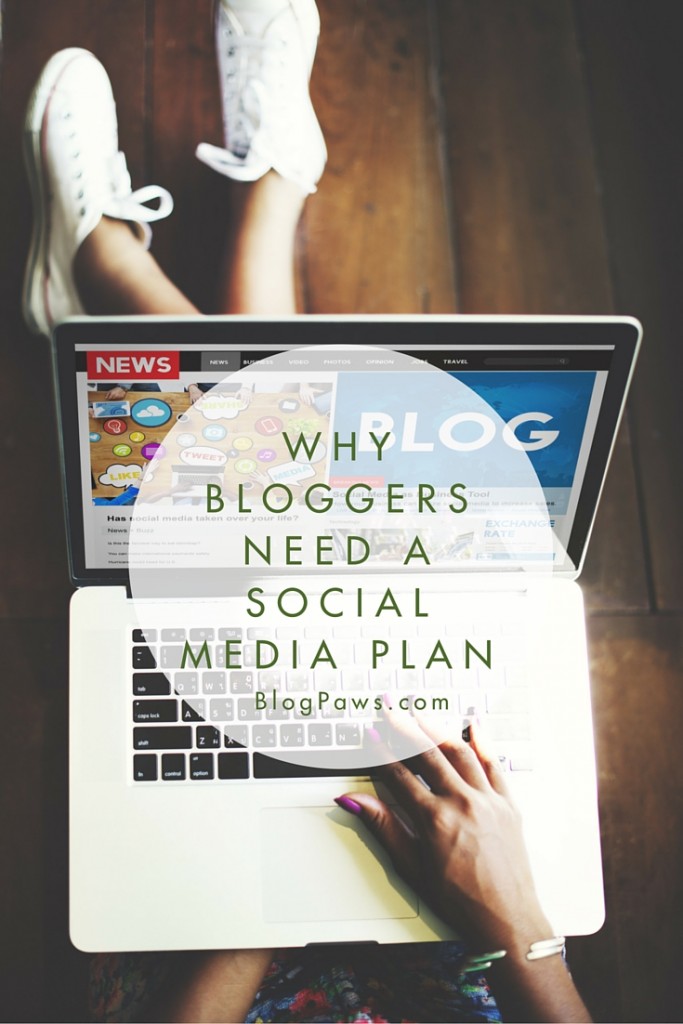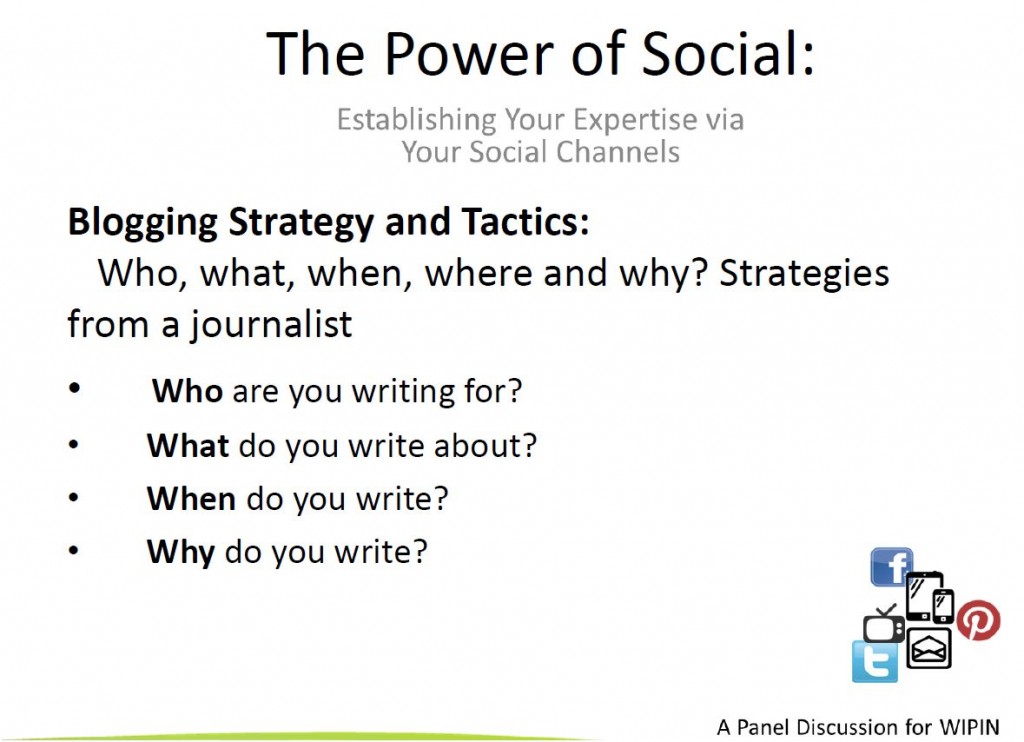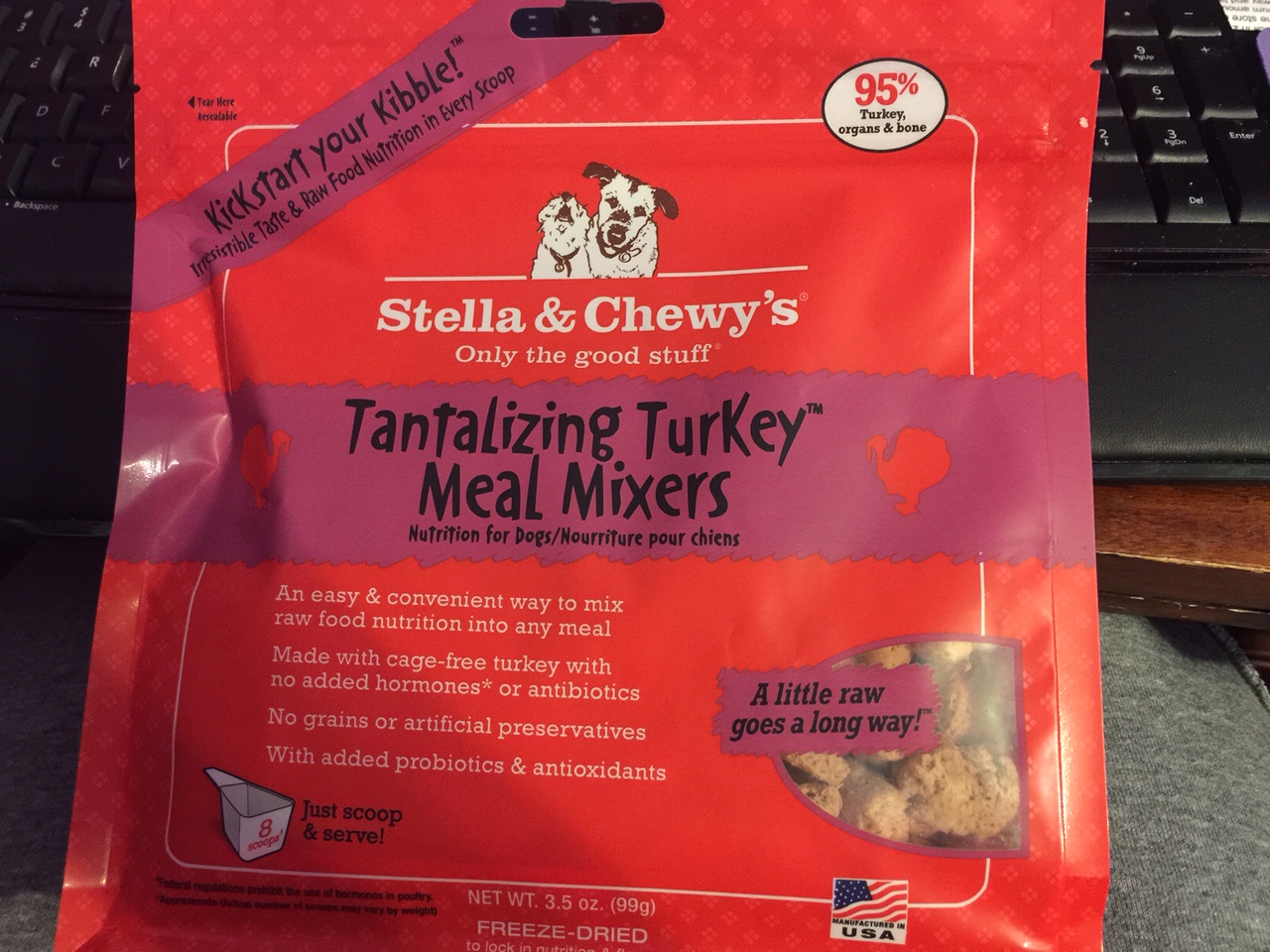Why Bloggers Need a Social Media Plan
There are articles galore online about how to post on Facebook, strategies to use to grow a Twitter account, what to do to make folks take an interest in your Pinterest, and gobs and gobs more.
All of the advice posts and technical articles about social media mean absolutely nothing without a social media plan in place. Bloggers need one.
As part of your overall blog business plan, having a strategy and tactical plan behind why you do what you do on social media is pivotal. When I wrote about which social media networks to use, I stated, “you do not have to be everyone and be everything to everybody.” You don’t have to be on every social media platform. You should be on the social media platforms that make sense for your blog or social media goals. Here’s how to create a social media plan that works:
Know Your Blog’s Mission/Goal/Objective
Whatever your blog’s goal is, you cannot make a structured social media plan without knowing the end result. Imagine if someone in your life said, “Let’s go on a vacation together and have a lot of fun.”
“Where are we going?” you ask.
“Who knows, let’s just go.”
That might work for spontaneity and living in the moment, which generally does not apply to social media. Yes, we’ve all had spontaneous bursts of inspiration for social media post ideas. The general rule of thumb to follow is this:
- Plan social media posts ahead of time.
- Respond to said posts in real time.
So what is your traditional blog’s goal, mission, or objective? Define it, write it down, and then structure your social media activities around that goal.
Define Which Social Media Channels Serve Your Mission/Goal
With a goal defined, now build the structure that will support it. Like a house, a social media plan needs more than walls and decorations. It needs beams to support it.
Choose the one social media platforms you have the time to both develop and maintain. Don’t get involved in a social media channel because everyone else is doing it. I tend to stay with the “pick four and no more” rule of social media (it’s my rule, by the way). Maybe yours is “Pick Five to Stay Alive.” Whatever you decide, stick to it. Pick your beams.
It’s one thing to have a presence on social media. It’s another thing to let said presence become stagnant. Use and maintenance on social media is where the effort resides.
Plot Your SMART Goals and Frequency of Posts
Contrary to popular belief, you need not live online to successfully grow a social media channel. FOMO (fear of missing out) is very real, but so is the need to have a life outside of social media.
This is where plotting your course of action comes in handy. Remember that vacation from earlier? If you plan to drive from Pennsylvania to Arizona (as I will be doing for the BlogPaws Conference), it would make zero sense without a planned route. Plotting your frequency on social media is a planned route.
Below is an excerpt from a SMART goals plan I use on a monthly basis for social media planning. SMART in this case stands for:
- Specific
- Measurable
- Attainable
- Relevant
- Time Bound
This information provides me a solid foundation upon which to grow with targeted goals.
Knowing how often to post is where the magic comes in: This is fun because it will ebb, flow, and change. You may pen the most brilliant post, with fantastic images, a plethora of resources, you hit publish and then crickets.
Is there any worse sound to a blogger than the sound of silence as it relates to blog post reaction?
Nope.
Having a strategic plan in place as to how to promote the content is key. So many folks call themselves marketers, when in reality they are content creators who post once on Facebook or do an e-blast and call that a success. Those are tasks. What you do to promote the content and the strategy behind it is called marketing.
Create a Social Media Editorial Calendar
The editorial calendar outlined dates and times you will be posting to your blog. If you don’t have a traditional blog, you are considered a microblogger. You fill small amounts of information to a social media channel and that means microblogging.
From the editorial calendar, you will determine what and when you will share to the social media platforms of your choice. Let’s use Facebook, Twitter, Pinterest, and Instagram in this example. Those four are my favorites at the moment.
Blog Post: Ten Ways to Help Your Overweight Cat Lose Weight
Facebook: Make It Matter Monday: My Cat is Overweight: Here’s What to Do (share URL with Facebook sized image, as Facebook prefers)
Twitter: Tuesday, Quote from the post, image of cat on scale (use hashtags accordingly)
Pinterest: Vertical image from post 700 x 1000 to Pinterest board, Cat Health Tips, message “How to Help an Overweight Cat” #catnews #cathealth
Instagram: Saturday #Caturday on Instagram and share the link, change URL in edit profile to blog post.
You can plan this out in an Excel spreadsheet or in Google Drive or whatever means works for you. Be spontaneous with engaging on social media but planned in your content. Rotate the content and don’t do a “one and done.”
Recycle and re-purpose content over the months. Give posts a fresh look with updated images, fix broken URLs, and any new information. Re-tweet posts over time. Since Twitter moves incredibly fast, chances are a lot of people are missing your tweets.
When Should I Post on Social Media?
Once you have the plan and frequency in place, knowing when to post is a final step in solidifying a solid social media plan.
Ignore everything except what works for you. Consider this nugget from the folks at PR Daily:
The best times to post on Facebook depend entirely on your and your audience; that’s not an answer you’ll find in a blog post. You can also sort your posts according to which ones got the most engagement and which had the highest reach, so you can determine not just when you should post, but what you should post.
Studies schmuddies. No two people, pets, or social media accounts are alike. No two posting regimen work the same way.
The folks at CoSchedule remind us that time zones matter, sharing:
Did you know that Arizona doesn’t practice daylight savings time?
It’s timing nuances like these that make finding the perfect times to post even harder. Before we delve into the best times to post on social media, let’s take a look at the best time zones.
50% of the U.S. population is in the Eastern Time Zone, and the Eastern and Central combined represent almost 80% of the U.S. population.
Where is your audience and in which time zone? Google Analytics and Facebook Insights are tools to determine this.
If you missed any of our previous content or want a jump start or review, here are three similar articles to check out:
25 Ways to Promote a Blog Post After Publishing
Avoiding Social Media and Blogging Mistakes
YOUR TURN: What social media platforms work for you? Do you plan your content ahead of time?
 Carol Bryant is the Marketing and Social Media Manager for BlogPaws and runs her own blog, Fidose of Reality and its fundraising arm, Wigglebutt Warriors. When not busy playing with her Cocker Spaniel, Dexter, she stays far away from cooking. Her trademark is her mantra and is tattooed on her arm: My Heart Beats Dog.®
Carol Bryant is the Marketing and Social Media Manager for BlogPaws and runs her own blog, Fidose of Reality and its fundraising arm, Wigglebutt Warriors. When not busy playing with her Cocker Spaniel, Dexter, she stays far away from cooking. Her trademark is her mantra and is tattooed on her arm: My Heart Beats Dog.®
Images: Rawpixel.com/Shutterstock






